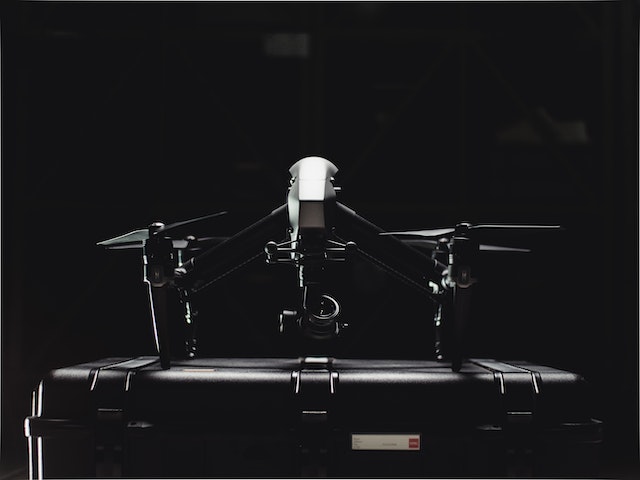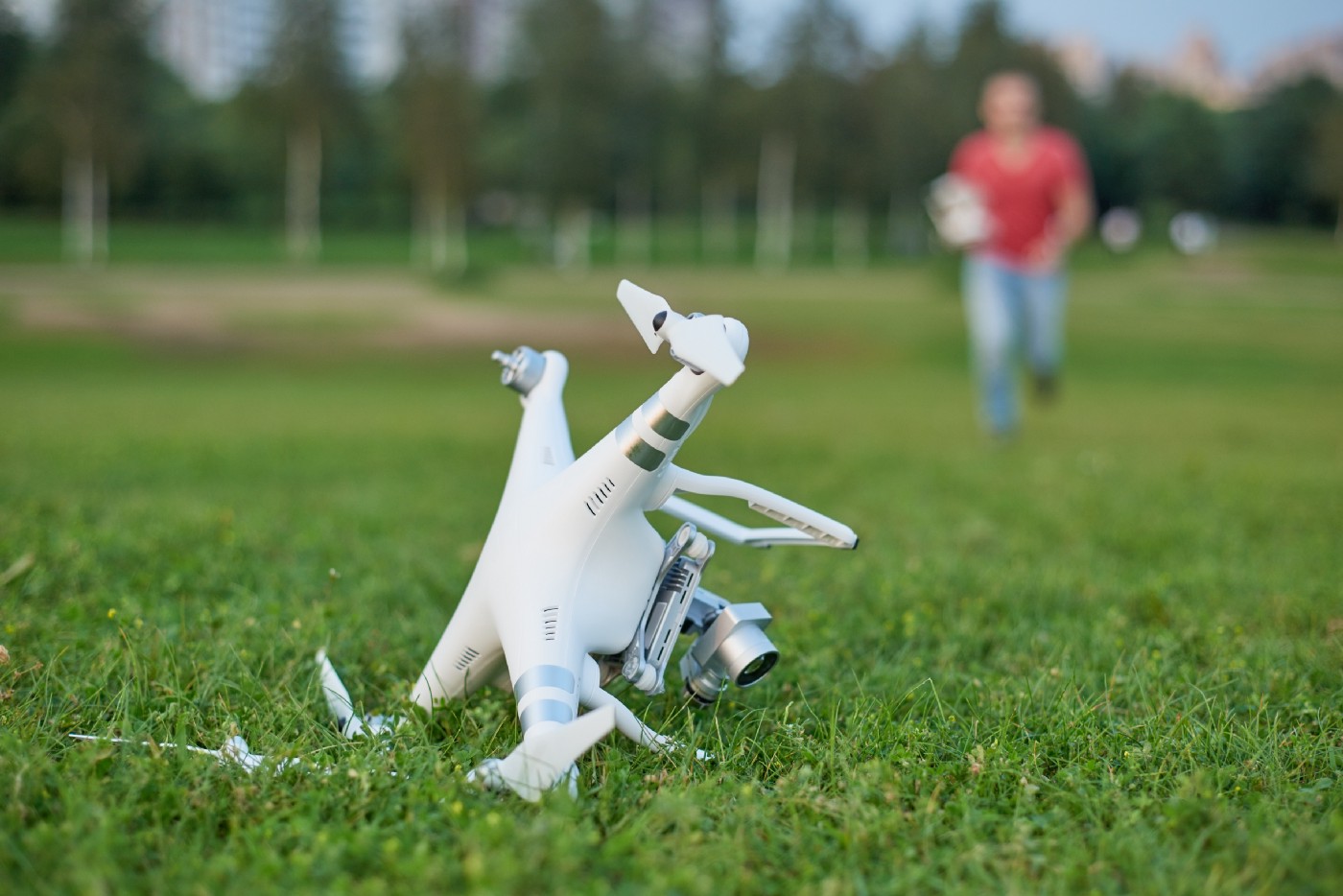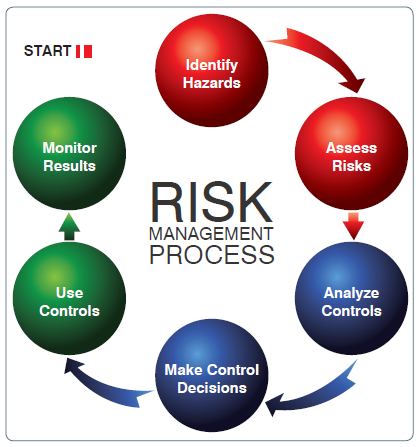
Automation can be defined as a way for a system to sense, detect, and process information using decision or control actions that could be performed by a human, but are performed by a machine within the system. Automation can be categorized as either static or adaptive. Static automation is hard-wired (or coded) to the system, while adaptive automation is executed upon request based on operator events.
Automation is classified under various levels (Marshall et al., 2011), referred to as 'Level of Automation (LoA)", depending on the implementation.
- LoA 0 - This is considered the lowest level of autonomy, where the system is completely controlled by a human. An example: controlling a remote-controlled (RC) airplane. The user is driving all the commands (speed and position). The system is just reacting to the requested commands.
- LoA 1-3 - This is considered a Low-level LoA, where the system is very limited in control and situation awareness (SA) with a very low level of automation. Human interaction is still very present, although not entirely in control.
- LoA 4-6 - this is considered a Mid-level LoA, where the system and the human share interactions almost equally. The human in the loop provides the system with tasks to be executed, and the system performs the tasks only with the approval of the human.
- LoA 7-9 - This is considered as High LoA, where the system no longer needs approval from the human for the execution of the tasks. Human interaction is very limited, but still available in case of emergency or needed intervention.
- LoA 10 and beyond is considered fully automated, with the system performing at the same level as the expected human action. The human interaction in this case is no longer for control or oversight, but rather for acquiring additional information needed to accomplish the mission.
When it comes to automation, there are no different considerations for manned versus unmanned operations because automation integrates with the systems and uses available sensors (not human inputs) to generate its outcomes/solutions. Hence, whether the pilot is onboard (in the case of the manned aircraft) or off-board (in the case of unmanned aircraft), automation can be applied based on the available sensor data being implemented in the automation solution.
The aviation industry currently uses automation cautiously (not too little or too much) even though there are various sensors in the markets that can provide a high level of automation solutions for the aviation industry. With the advancement in artificial intelligence (AI) and machine learning (ML) technologies, aviation can benefit from a higher level of automation solution that can be implemented due to the latest available progress in sensors technology, providing more inputs for better reliability solutions.
References:
Marshall, D., Barnhart, R., Hottman, S., Shappee, E., & Most, M. (2011). Introduction to Unmanned Aircraft Systems.




